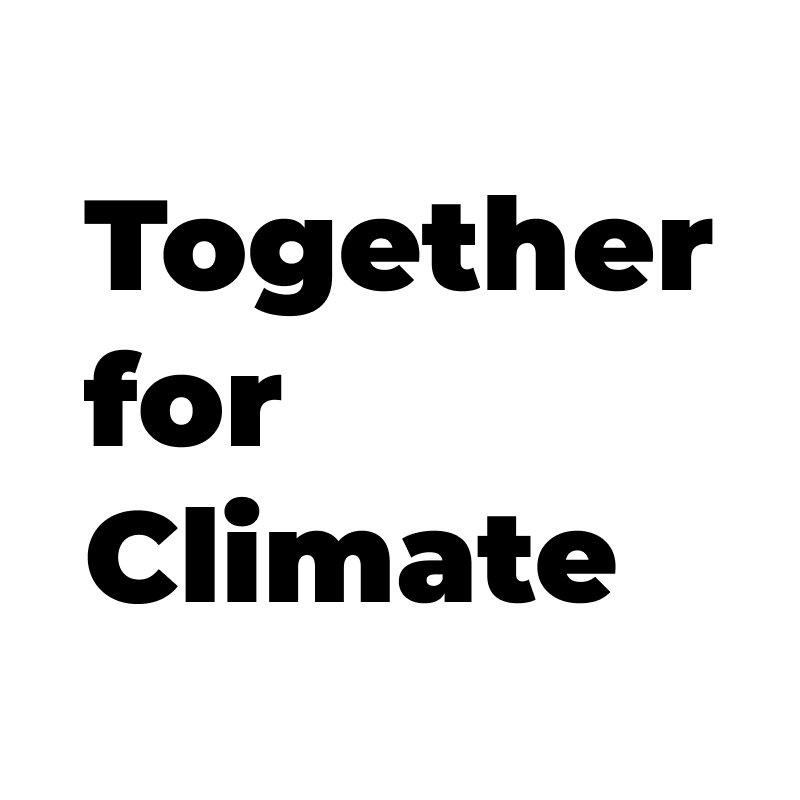Are extreme floods simply the new normal?
You may have seen from the headlines that extreme floods have become increasingly common in recent years. Of course, this raises concerns about whether they are the new normal. Climate change, urbanisation, and various environmental factors have contributed to the intensification and frequency of extreme flooding events. So, what are the factors driving severe floods, their potential consequences, and what can we do to adapt and mitigate their impacts? And should we just be accepting this as the new normal? Let's explore.
The Growing Number of Extreme Floods
Extreme floods are characterised by their unprecedented severity and frequency. What's more is that they have garnered significant attention in recent years - for good reason. While no single event can be solely attributed to climate change, the scientific consensus points to climate change as a significant contributor to the increased frequency and intensity of floods. Warmer temperatures can lead to more intense rainfall, causing rivers to overflow and urban areas to flood. We have seen this become an ever-growing issue for all nations.
Moreover, urbanisation plays a significant role in the increase of floods worldwide. As cities expand and natural landscapes are paved over, the ability of the land to absorb excess water diminishes. This leads to increased runoff, which, in turn, exacerbates flood risk. Poorly planned infrastructure and inadequate stormwater management can further compound the problem. So, a mixture of climate change and an evergrowing urbanised world is making flooding an increasing and dire situation.
The Consequences of Extreme Floods
As you can imagine, extreme floods have devastating consequences for communities, ecosystems, and economies. Here are some of the critical impacts that it has:
Human Lives: Floods can lead to the loss of human lives through drowning, accidents, and waterborne diseases.
Infrastructure Damage: Floodwaters can damage homes, roads, bridges, and utilities, resulting in significant economic losses.
Environmental Destruction: Floods can harm natural ecosystems, erode soil, and contaminate water bodies with pollutants.
Economic Costs: The financial toll of extreme floods is substantial, including cleanup, rebuilding, and potential loss of productivity.
Displacement: Flooding often forces people to evacuate their homes, leading to temporary or long-term displacement.
Psychological Impact: The emotional and psychological toll on individuals affected by floods can be long-lasting.
Is This Just The New Normal?
Given the increasing frequency of extreme floods, adaptation and mitigation strategies are essential:
Climate Action: Obviously, addressing the root cause of extreme floods by reducing greenhouse gas emissions is essential to mitigate their future impacts.
Improved Infrastructure: Investing in resilient infrastructure, such as levees, dams, and flood barriers, can help protect communities from flooding.
Urban Planning: Cities should adopt sustainable urban planning practices, including green spaces and permeable surfaces, to reduce runoff and enhance flood resilience.
Early Warning Systems: Developing effective early warning systems can provide timely alerts to residents, allowing them to evacuate or take necessary precautions.
Flood Insurance: Encouraging individuals to purchase flood insurance can help alleviate the financial burden on homeowners and governments. This is especially important for those from poorer backgrounds who are unequally affected.
Extreme floods may indeed be the new normal due to climate change and urbanisation. This doesn't mean we have to accept it, though. While it is true that we cannot entirely prevent these events, we can take proactive measures to reduce their impact on communities, ecosystems, and economies, as well as reversing the climate issue. By investing in resilient infrastructure, implementing sustainable urban planning, and addressing climate change, we can work towards a more flood-resilient future. Individuals, communities, and governments must collaborate to adapt and mitigate the challenges posed by extreme floods, ensuring the safety and well-being of current and future generations.
We aim to reverse global warming and act on it. We work with our partners to make it easier and more intuitive for individuals and businesses to do their part to reverse global warming. Find out more here.
